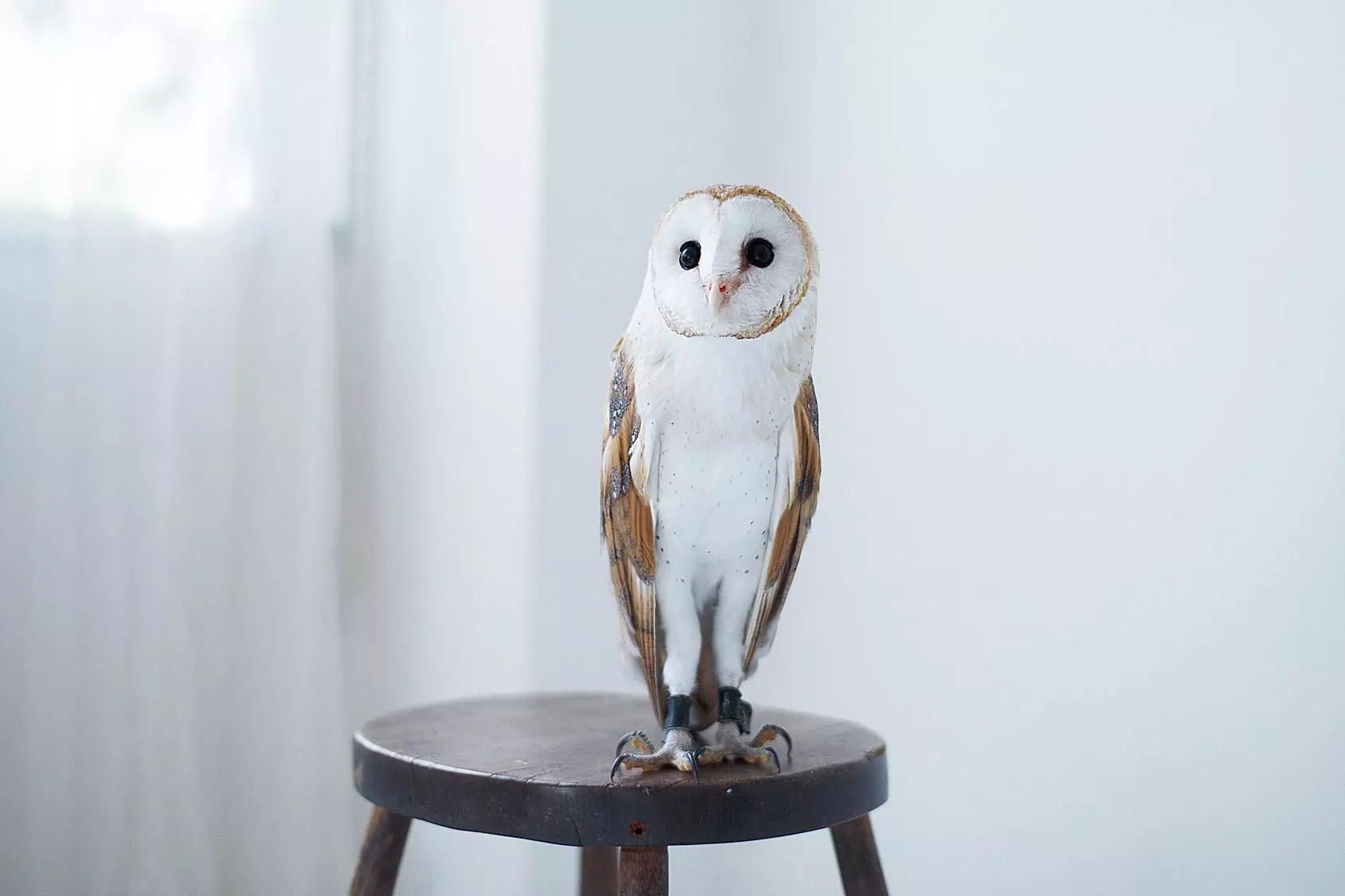In popular media, owls are often portrayed as whimsical companions and companions of wisdom, capturing the imaginations of audiences around the world. From the beloved Hedwig in the Harry Potter series to various other forms of entertainment that romanticize these birds, it’s easy to understand why many people have the notion of keeping owls as pets. However, the truth is a far cry from this cinematic portrayal. In reality, owls are not suitable pet animals, and the reasons behind this are both complex and multifaceted.
The charming characteristic of owls depicted in films and literature often leads to an oversimplified view of their nature. While they are indeed captivating creatures, their behaviors, habitat needs, and diet are vastly different from those of common pet birds like parrots. Owls are solitary raptors, thriving in the wild where they can exhibit their natural hunting behaviors, rather than social creatures that would easily adapt to a human dwelling. As many people fail to recognize, this fundamental aspect of their personality severely limits the potential for successful human interaction and companionship.
Owls are largely antisocial birds, typically bonding exclusively with their mates or young. Unlike parrots that can integrate into family settings and develop attachments to multiple humans, owls view most humans as potential threats or prey. This inherent behavior can lead to aggressive tendencies when owl owners introduce new individuals into their space, making them unsuitable for family life, particularly if young children or guests are involved.
When considering the care requirements of an owl, the complications begin with living conditions. A standard bird cage is grossly inadequate for an owl. Instead, they require expansive aviaries that provide ample space for flying, coupled with both indoor and outdoor environments. The ability to bathe is also essential, as these birds meticulously maintain their feathers for optimal flight efficiency and hunting success. A dirty plumage leads to increased noise while flying, ultimately compromising their ability to hunt effectively in nature.
Fulfilling these spatial and environmental needs can be expensive and labor-intensive. Many prospective owl owners may not be ready or capable of committing to such arrangements, leading to unwarranted stress on both the animal and the individual attempting to care for it.
Specialized Dietary Requirements
The dietary needs of owls further complicate their status as pets. As strict carnivores, they require whole prey items, such as rodents, birds, or rabbits, which are not easily accessible to the average pet owner. Unlike the diverse diet of a parakeet or a canary, owls depend heavily on fresh, whole animals that need to be managed carefully for freshness and safety.
This diet can be distasteful for many, and the logistics of feeding and cleaning up after such meals can be overwhelming. The remnants of their dietary habits—bones, fur, and other offal—can often create unpleasant environments that many might find intolerable over time.
On top of practical care issues, potential owl owners must navigate legal frameworks. In many regions, keeping owls as pets is illegal without the necessary licenses and permits. Such regulations are not arbitrary; they reflect a broader recognition of the needs of these animals and their role in the ecosystem. Individuals who choose to ignore these laws not only expose themselves to hefty penalties but also risk the health and safety of the owl if they need veterinary care. Specialized veterinary services for raptors are scarce, and standard veterinarians typically lack the training to treat these complex birds.
Supporting Owls in the Wild
Instead of pursuing the misguided dream of owning an owl, individuals interested in these remarkable birds might consider more ethical alternatives such as sponsoring owls through wildlife conservation programs or visiting them in their natural habitats via bird-watching tours. These options allow enthusiasts to learn about and appreciate the beauty of owls without the hardships associated with caring for one as a pet.
Ultimately, while owls captivate our imagination and hearts through storytelling, it is crucial that we recognize the realities of their care and needs. Embracing the majesty of owls means supporting their existence in the wild and advocating for their conservation rather than attempting to introduce them into human homes where they may never truly thrive.

